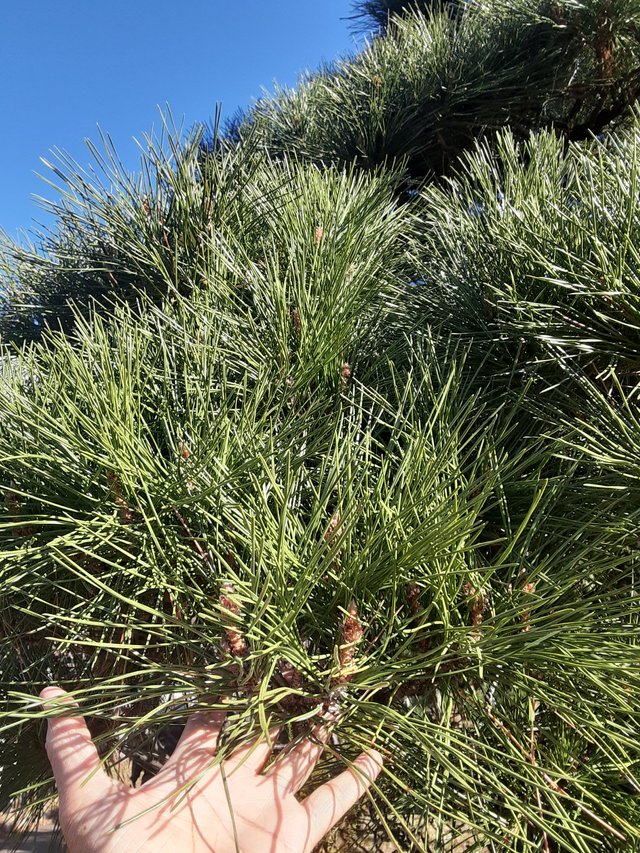Pinus nigra, the Austrian pine, a large evergreen tree with dark green, needle-like leaves in pairs and distinctive, thick, scaly bark, valued for its ornamental use and timber

Pinus nigra, commonly known as the Austrian pine, is a large coniferous evergreen tree native to southern and central Europe and southwestern Asia. It is a popular ornamental tree, widely planted in parks and gardens for its dark green foliage and distinctive bark.
The Austrian pine is characterized by its dark green, needle-like leaves that grow in pairs. These needles are typically 3 to 6 inches long and have a slightly twisted or curved shape. They are stiff but not brittle, and they remain on the tree for several years, adding to the dense, evergreen appearance of the crown.

The bark of the Austrian pine is another distinctive feature. It is thick and scaly, with a dark gray or brownish color. Young trees have smoother bark, while older trees develop deep furrows and fissures, giving the bark a rugged appearance.
The Austrian pine is a hardy and adaptable tree, able to thrive in a variety of soils and climates. It is often used in landscaping to create windbreaks, screens, and informal hedges. It is also a popular choice for bonsai due to its strong branching structure and ability to be pruned and shaped.

In addition to its ornamental value, the Austrian pine has several other uses. Its wood is used for construction, furniture, and paper production. It is also a source of resin, which is used to make turpentine and other products.
Ref.:
 |  |
Upvoted! Thank you for supporting witness @jswit.